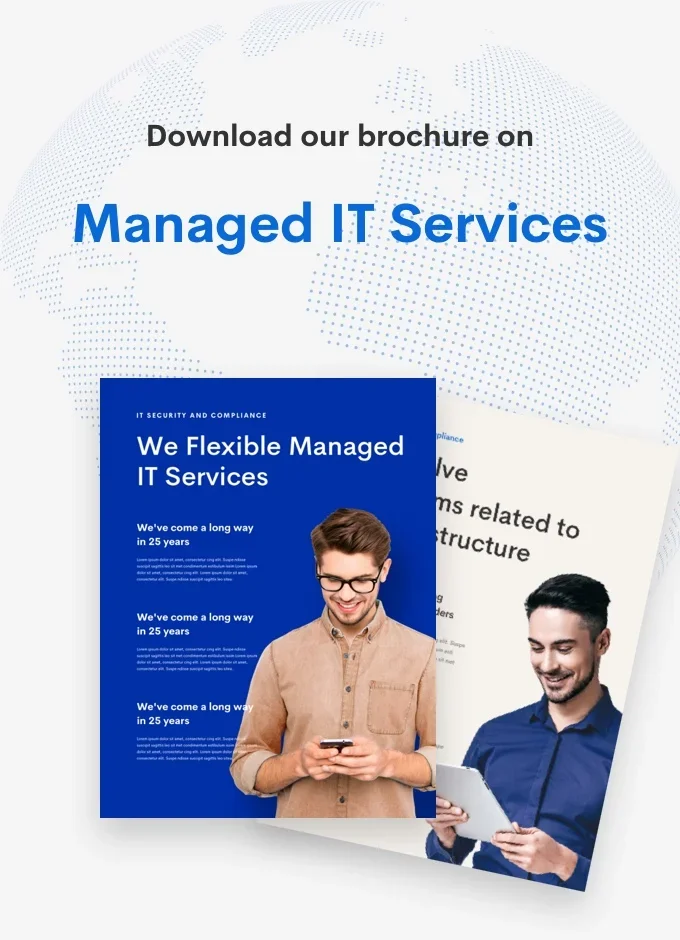
Personalize Your Emails to Boost Open Rates and Engagement
In today’s digital age, email marketing is a powerful way to reach and engage with your target audience. However, with so much competition, it is more important than ever to stand out from the crowd. One way to do this is to personalize your emails.
What is personalization?
Personalization is the process of tailoring your email content to your individual subscribers. This can be done by using their names, interests, and other demographic information. When you personalize your emails, you show your subscribers that you care about them and that you’re not just sending out mass emails. This can lead to increased open rates, click-through rates, and conversions.
Why should you personalize your emails?
There are many benefits to personalizing your emails, including:
- Increased open rates: Personalized emails are more likely to be opened than non-personalized emails. This is because personalized emails are more relevant to the recipient and more likely to capture their attention.
- Increased click-through rates: Personalized emails are also more likely to be clicked on than non-personalized emails. This is because personalized emails are more likely to be interesting and engaging to the recipient.
- Increased conversions: Personalized emails can lead to increased conversions, such as sales, leads, or sign-ups. This is because personalized emails are more likely to persuade the recipient to take action.
- Improved deliverability: Email service providers (ESPs) are more likely to deliver your emails to your subscribers’ inboxes if your emails are personalized. This is because ESPs recognize that personalized emails are more likely to be relevant to the recipient and less likely to be spam.
How to personalize your emails
There are many ways to personalize your emails. Here are a few tips:
- Use your subscribers’ names: This is the most basic form of personalization, but it’s also one of the most effective. When you use your subscribers’ names, it shows that you’ve taken the time to learn about them and that you’re not just sending out generic emails.
- Refer to your subscribers’ interests: If you know what your subscribers are interested in, you can use this information to personalize your emails. For example, if you know that a subscriber is interested in gardening, you could send them an email about a new gardening product or service.
- Use demographic information: You can also use demographic information to personalize your emails. For example, if you know that a subscriber is a woman in her 30s, you could send her an email about a new product or service that is specifically targeted to women in their 30s.
- Use dynamic content: Dynamic content is content that changes based on the recipient’s interests or demographics. For example, you could create an email that includes a different product recommendation for each subscriber.
- Avoid using generic terms: When you’re writing your emails, avoid using generic terms like “Dear Customer” or “Subscriber.” Instead, use more personal terms like “Hi [name]” or “Welcome back, [name].”
- Test different personalization techniques: There are many different ways to personalize your emails. The best way to find out what works best for your audience is to test different techniques. You can use A/B testing to see which personalization techniques lead to the best results.
Conclusion
Personalization is a powerful tool that can help you improve your email marketing results. By following the tips in this article, you can personalize your emails and increase your open rates, click-through rates, and conversions.

